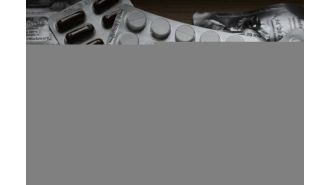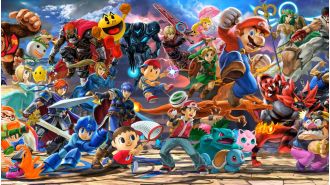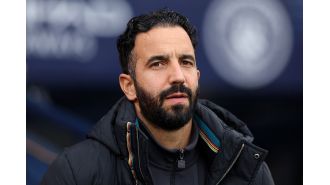The inner game – changing how I teach and thus learn
I read “The Inner Game of Tennis” by Timothy Gallwey recently. There are 3 core concepts in the book :
- Self 1 vs. Self 2: Self 1 is our conscious, analytical mind that often gives instructions and critiques while Self 2 is the intuitive and, instinctive self-capable of executing tasks without conscious interference. The goal is to quiet the critical Self 1 to allow the more natural and skilled Self 2 to perform.
- Non-Judgmental awareness and relaxed focus: Gallwey’s thesis is that our ability to harness Self 2’s incredible powers is by practicing non-judgmental awareness. This means observing our actions and performance without attaching harsh judgments or criticisms. This enables us to focus our attention on the task at hand and achieve a state of “relaxed concentration.”
- Trust in the Body’s Abilities: Once we visualize what we want our body to do, our body will know how to do it. The key is to trust in its abilities and let it perform naturally.
One key theme in his anecdotes is about players who “over-coach” themselves. They talk too much to themselves instead of letting themselves just play. The body is an incredibly complex machine – any attempt to micromanage is laughable and counter-productive.
This resonated.
Growing up, I never trained in any sport as we moved homes often. When I was in my 8th grade, I finally got an opportunity to train in table tennis. I loved this and enjoyed training hard for the best part of two years.
I stopped training 2 years in – to focus on academics to go to a good college and because I was too late anyway – I still got the opportunity to participate in a few tournaments in high school during the ensuing years. And I almost always choked. When push came to shove, I seemed to find a way to lose games against players I’d normally be able to beat. Many of these players weren’t as good – but they were seasoned tournament players. And they always had me beat on the mental game.
That’s why Gallwey’s notes hit a nerve. It reminded me of the few times I played my absolute best – it was when I didn’t attempt to control every move.
I’ve been attempting to teach our 5 year old football/soccer recently. This book has changed how I approach it. Previously, I used to try to get him to kick or pass the ball with the right technique. And that would inevitably lead to “over-coaching.”
Instead, I’ve started asking him to simply look at the target and kick. And, in time, when the kicks are good, I ask him to simply remember the feeling and replicate it.
His kicks have gotten better much faster with this approach.
It makes sense. Our bodies are awe-inspiring machines. We often get the best results from giving it body some direction and getting out of the way.






